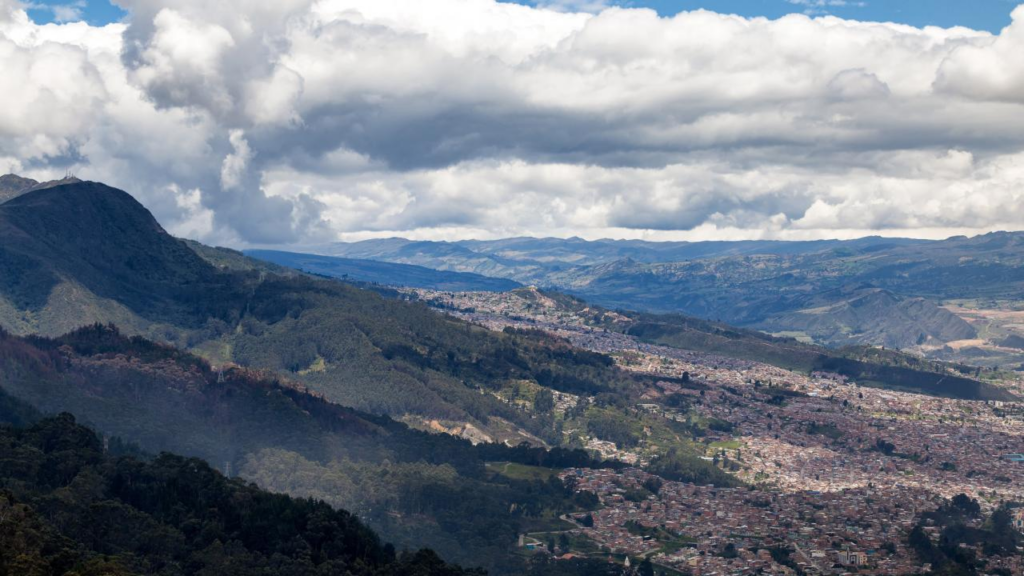Wildfires and shorter staple crop growth seasons due to climate change have economic repercussions. As temperatures rise, researchers expect and witness more interpersonal violence and fatalities.
Climate change violence is historical. UC Davis researchers observed a trend of increasing violence during climate change in the south central Andes between A.D. 470 and 1500. During the Medieval Climatic Anomaly (900-1250), temperatures soared, drought prevailed, and the first Andean nations disintegrated.
A recent report suggests that climate change and competition for few resources in the south central Andes may have caused highland violence.
“We found that decreased precipitation predicts increased rates of cranial trauma,” said Thomas J. Snyder, the study’s lead author and a doctorate candidate in Anthropology’s Evolutionary Wing.

Archaeologists often utilize head injuries to measure interpersonal violence.
“This observation suggests that climate change in the form of decreased precipitation exerted a significant effect on rates of interpersonal violence in the region.” Quaternary Research, Cambridge University Press, released it June 5. Randall Haas, a Wayne State University professor and former UC Davis lab member, co-authored the research.
Violence absent from coastal, mid-elevation areas Researchers stated coastal and mid-elevation regions selected nonviolent climate change responses or were unaffected. More agricultural and economic variety may have protected against climate change. Researchers believe highland violence is caused by drought-induced resource constraint.
Snyder stated examining the consequences of contemporary climate change concerns and people’s relationship with their climate requires looking at the history of human-nature interaction.
“Our findings reinforce the idea that people living in already marginal environments are most likely to be hit hardest by climate change,” he added. “Archaeological research can help predict how best to handle the challenges faced by people in precarious positions in a rapidly changing climate.”
UC Davis researchers compared over 3,000 bone fractures of individuals found at 58 archaeological sites to ice growth at the Quelccaya glacier in Peru, Chile, and Bolivia to chronicle early violence in the Andes.
After centuries of global climatic change, Wari and Tiwanaku sites were abandoned, indicating a social breakdown.
Researchers noted the Andes’ severe climatic fluctuation, exceptional archaeological preservation, and comprehensive records offer a great chance to investigate human reaction to climate change. This study indicated that interpersonal violence increased for every 10-centimeter drop in Quelccaya glacier yearly ice accumulation.
